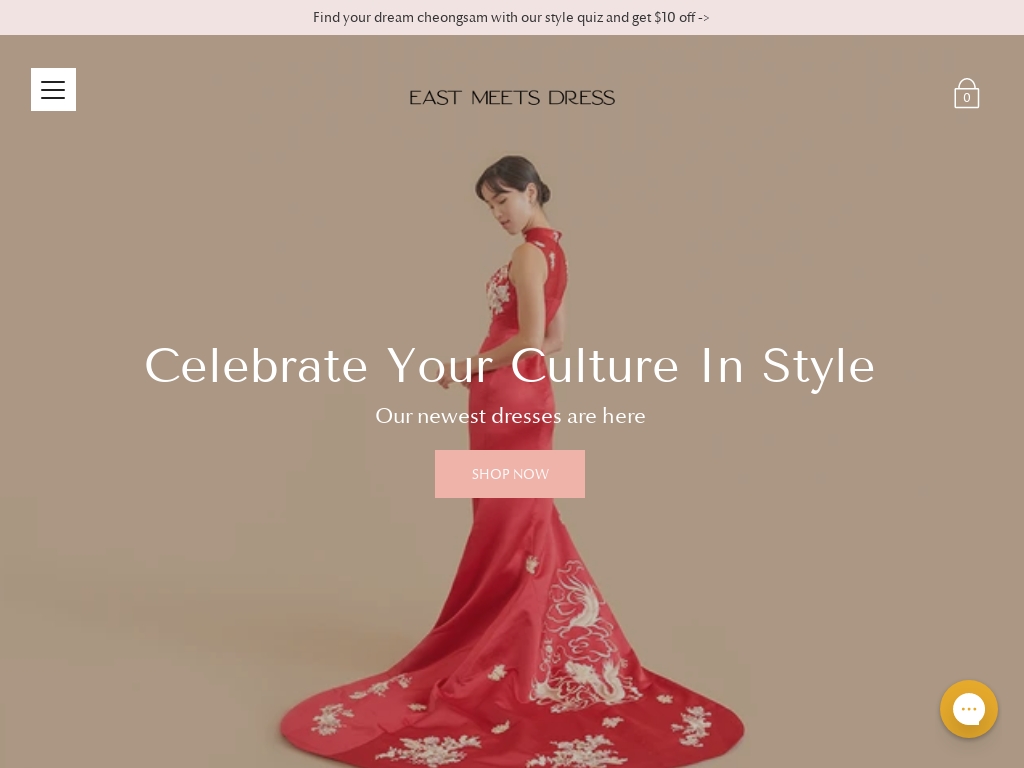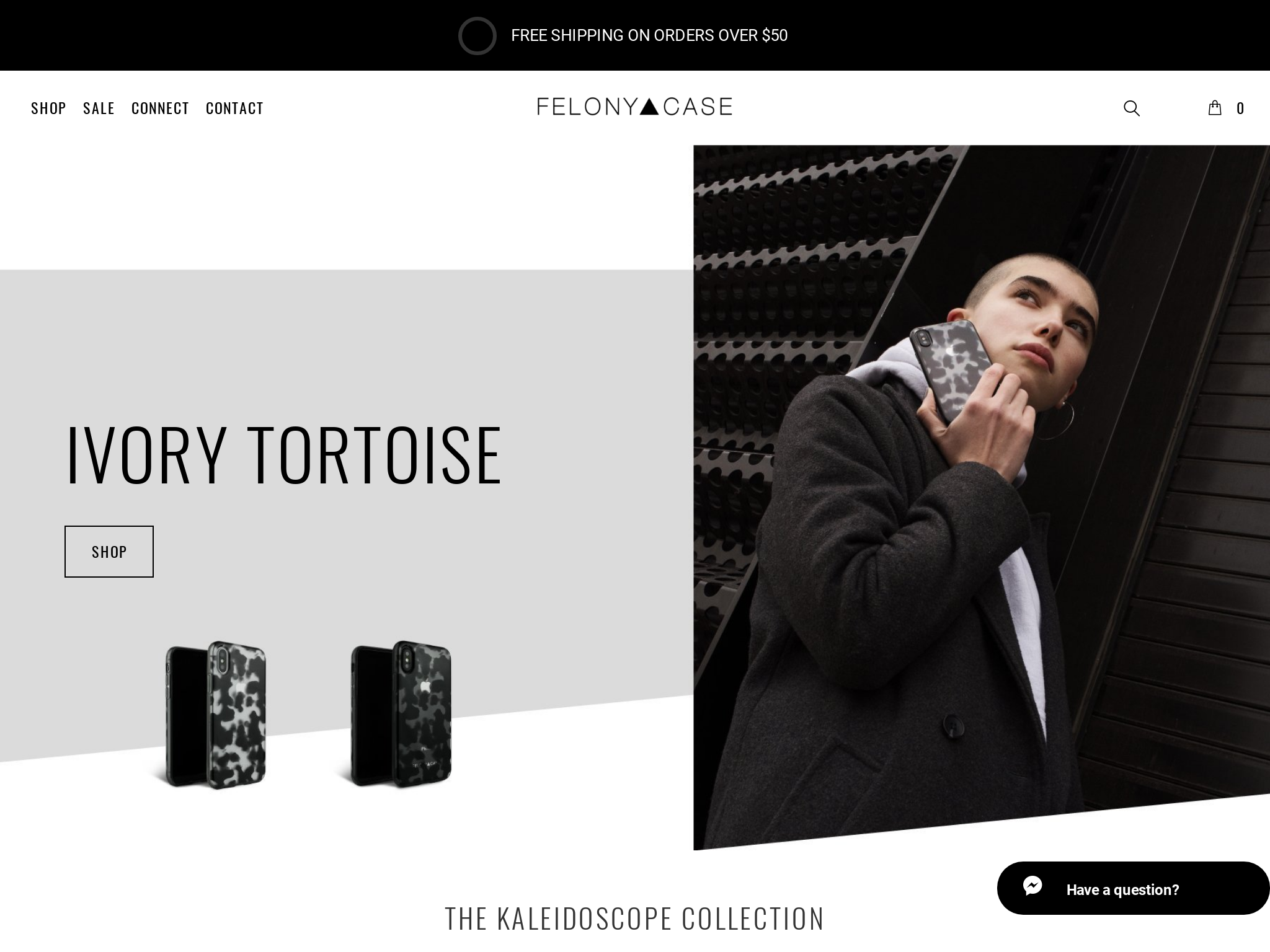
How Bombas Built a $300M Sock Empire
Who is David Heath?
David Heath and Randy Goldberg co-founded Bombas after identifying a critical need in homeless shelters for socks, sparking their mission-driven approach. David, a Babson College graduate with a background in entrepreneurship and Randy, a former media company employee, combined their skills in sales, branding, and a passion for creating social impact.
What problem does Bombas solve?
Bombas solves the issue of underwhelming sock quality and the need for essential items at homeless shelters by offering highly comfortable and innovative socks, and donating a pair for every purchase. This addresses the indulgent daily comfort consumers seek while providing for a critical, often overlooked need in the homeless community, creating strong customer loyalty and societal impact.

How did David come up with the idea for Bombas?
David Heath and Randy Goldberg didn't plan to start a sock company. Instead, they stumbled upon the idea in 2011 when David saw a Facebook post mentioning that socks were the most requested item in homeless shelters. This surprising fact struck a chord and stayed with him.
Seeing the success of companies like TOMS and Warby Parker, which coupled product sales with charitable giving, inspired them. They wondered if a similar model could solve the sock shortage in homeless shelters by donating a pair for every pair sold.
They started by deeply researching the sock market and testing various designs. With initial skepticism from some quarters, they used feedback to refine their product, focusing on high-quality features like seamless toes and arch support. The combination of a strong social mission and a superior product won them early adopters and set the stage for success.
How did David Heath build the initial version of Bombas?
David Heath and Randy Goldberg specifically built Bombas by diving deep into the development and manufacturing of their socks. Their product journey began with extensive market research to identify gaps and opportunities, focusing on infusing innovation into a traditionally overlooked product. They spent two years wearing and testing various high-performance socks to isolate features such as seamless toes, arch support, and comfort footbeds that they wanted to incorporate. Leveraging the connections of David’s godfather, a veteran in the sock industry, Bombas collaborated with top-tier manufacturers who provided expertise and flexibility, allowing for multiple iterations of prototypes until they perfected their design—without immediate financial commitments.
Their initial prototype development process highlighted various challenges, particularly around balancing quality and manufacturing costs. For instance, Bombas pushed for including seamless toes—a premium feature typically reserved for high-end socks—despite resistance from manufacturers about the added cost. The entire process of creating and refining the first product spanned several years, testing the founders' patience and commitment. However, their iterative and consumer-focused approach paid off by ensuring that the final product met the needs of everyday users while standing out in the market for its enhanced comfort and functionality.
What were the initial startup costs for Bombas?
- Crowdfunding Campaign: Bombas raised $140,000 through an Indiegogo campaign to fund their initial business launch.
- Product Development: They utilized the funds from their Indiegogo campaign for product development, leveraging connections for manufacturer relationships.
- Shark Tank Investment: During their appearance on Shark Tank, Bombas secured a deal with Daymond John, although the exact amount was not disclosed.
- Unexpected Costs: Bombas faced unexpected costs related to website crashes and fulfillment issues immediately after their Shark Tank airing.
How did David launch Bombas and get initial traction?
Indiegogo Campaign
In 2013, Bombas launched an Indiegogo campaign with an initial goal of raising $15,000 in 30 days. The campaign surpassed expectations, raising $25,000 in the first 24 hours and totaling $140,000 overall. The successful campaign not only provided the necessary funds to start the business but also created early buzz and awareness. The campaign emphasized both the high quality of their socks and their mission to donate a pair for each one sold.
Shark Tank Appearance
Bombas appeared on the reality show Shark Tank in 2014. They secured a deal with Daymond John, which significantly boosted their exposure. The episode's broadcast led to a surge in sales and site traffic, helping them to exceed $1 million in revenue within two months of the episode airing. This allowed them to reach a national audience almost overnight.
Podcast and Video Ads
Bombas invested in podcast and video advertising early on, leveraging the growing popularity of these platforms. They aired ads on podcasts, reaching new customers through trusted podcast hosts. Video marketing on YouTube and TV also helped them engage viewers with visuals that showcased the unique quality and mission behind their socks. By Q4 of 2014, 15% to 40% of new customers were coming from podcast ads.
Wholesale Partnerships
In 2018, Bombas began selective wholesale partnerships with retailers like Nordstrom and Dick's Sporting Goods. This was a strategic move to reach high-value customers who might not shop online. They ensured that these retail locations had displays and trained staff to educate consumers about the brand’s mission and the quality of their socks, thereby maintaining consistency in their storytelling.
What was the growth strategy for Bombas and how did they scale?
Facebook and Paid Advertising
Bombas effectively utilized Facebook as a key advertising platform, especially in the early years. Through strategic use of Facebook ads, they managed to capture a significant customer base without initially relying too heavily on other channels. They focused on crafting ads that conveyed both their mission and the quality of their product. This dual-focused approach resonated well with consumers, enabling Bombas to acquire customers at low costs initially (around $3-5 CPA). As the landscape evolved and Facebook's demographic and operational algorithms changed, Bombas diversified its advertising mix to ensure they weren't overly reliant on a single platform, incorporating TV, Google, and podcast ads into their strategy.
Podcast and Video Advertising
Podcasts played a significant role in Bombas' growth, particularly in their early years when the podcast advertising space was less crowded. By using engaging, host-read ads, Bombas successfully grew their customer base. These ads offered a personal touch, making them particularly convincing and trustworthy. Bombas also leveraged YouTube and national cable for video ads. The visual element allowed them to showcase their high-quality socks and their social mission effectively. Their YouTube content ranged from 20 seconds to 4 minutes, gaining millions of views by providing a comprehensive, engaging story around their products and mission.
Crowdfunding and Organic Growth
Bombas started with a bang through a successful crowdfunding campaign on Indiegogo, far exceeding their initial goal by raising $140,000. The campaign was a perfect blend, highlighting both the innovative design of their socks and the social mission of providing socks to the homeless. This campaign not only provided the funds needed to kick start the business but also validated their concept and generated initial buzz. Following the crowdfunding success, Bombas continued to leverage word-of-mouth and organic growth, particularly through press features in publications like GQ and Esquire, which helped them maintain momentum without immediate heavy investment in paid advertising.
Wholesale Partnerships
In 2018, Bombas began selling their products wholesale through selective partnerships with retailers like Nordstrom and Dick’s Sporting Goods. They chose partners who valued their mission and could help educate shoppers about the brand in the store. They ensured that retail employees were trained about Bombas' one-to-one model, and set up educational signage and displays. This approach helped them introduce their brand to a wider audience while maintaining the integrity of their mission and premium pricing.
These channels collectively helped Bombas grow into a $100 million brand, proving the effectiveness of a multi-faceted approach that balances brand building with mission-driven marketing.
What's the pricing strategy for Bombas?
Bombas operates a straightforward pricing strategy with high-quality basics: socks are typically priced around $12-$36 per pair, featuring bundles like 12 pairs for $144, and runs a buy-one-give-one model supporting homeless shelters.
What were the biggest lessons learned from building Bombas?
- Stay Mission-Focused: Bombas succeeded by prioritizing their mission to help the homeless, which built a strong, loyal customer base.
- Consistency is Key: Bombas emphasized consistent growth rather than rapid expansion, ensuring long-term success.
- Meet People Where They Are: They adapted their marketing strategies to include podcasts, TV, and diversified beyond Facebook, effectively reaching their audience.
- Invest in Quality: The company focused on high-quality product features, like seamless toes and arch support, which justified a higher price.
- Foster Team Trust: Open communication and trust within the team allowed for creative swings and quick pivots, fostering a resilient and innovative culture.
Discover Similar Business Ideas Like Bombas
|
|
Idea
|
Revenue
|
|---|---|---|
|
Bunch of Animals
|
Men's luxury underwear with artistic seamless designs.
|
$5K
monthly
|
|
East Meets Dress
|
Modern Chinese wedding dresses for Asian-American brides.
|
$50K
monthly
|
|
Felony Case
|
Fashion-forward iPhone cases with unique, eye-catching designs.
|
$120K
monthly
|
|
Woodies
|
Woodies: Affordable walnut wood sunglasses for stylish minimalists.
|
$190K
monthly
|
|
I Love Ugly
|
Men's premium streetwear brand from New Zealand.
|
$300K
monthly
|
|
KASA
|
"Luxury Italian leather footwear and accessories boutique."
|
$80K
monthly
|
|
Jess Mi Boutique
|
'Elegant dresses for every occasion.'
|
$500
monthly
|
More about Bombas:
Who is the owner of Bombas?
David Heath is the founder of Bombas.
When did David Heath start Bombas?
2013
What is David Heath's net worth?
David Heath's business makes an average of $25M/month.
How much money has David Heath made from Bombas?
David Heath started the business in 2013, and currently makes an average of $300M/year.

Download the report and join our email newsletter packed with business ideas and money-making opportunities, backed by real-life case studies.

Download the report and join our email newsletter packed with business ideas and money-making opportunities, backed by real-life case studies.

Download the report and join our email newsletter packed with business ideas and money-making opportunities, backed by real-life case studies.

Download the report and join our email newsletter packed with business ideas and money-making opportunities, backed by real-life case studies.

Download the report and join our email newsletter packed with business ideas and money-making opportunities, backed by real-life case studies.

Download the report and join our email newsletter packed with business ideas and money-making opportunities, backed by real-life case studies.

Download the report and join our email newsletter packed with business ideas and money-making opportunities, backed by real-life case studies.

Download the report and join our email newsletter packed with business ideas and money-making opportunities, backed by real-life case studies.





















